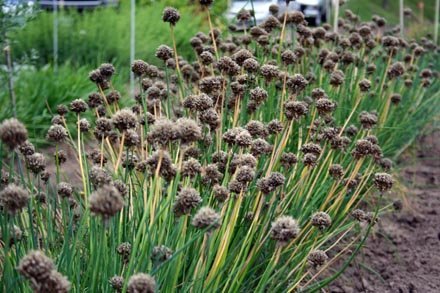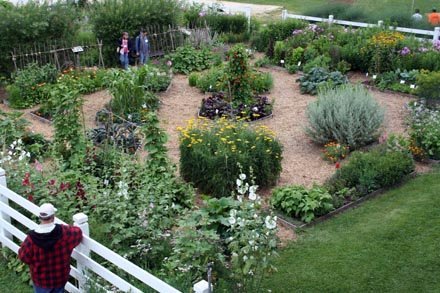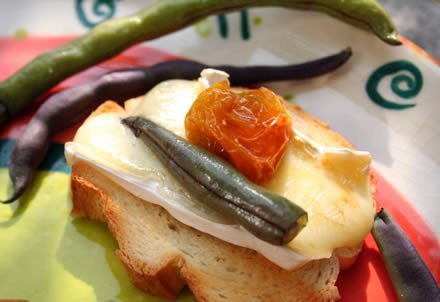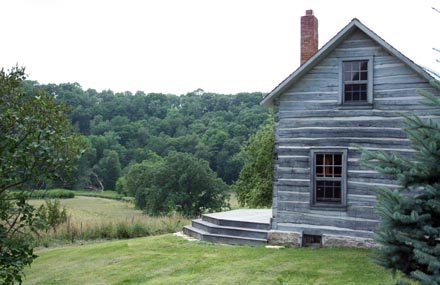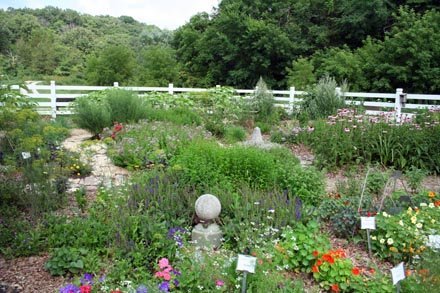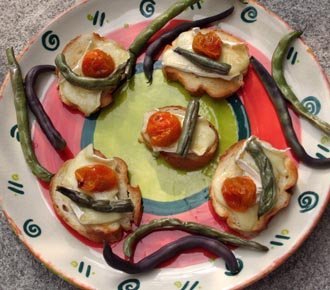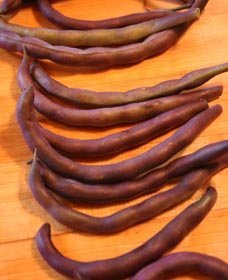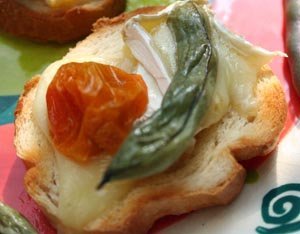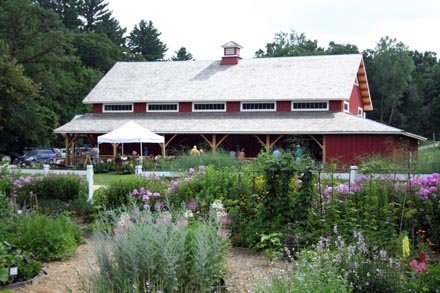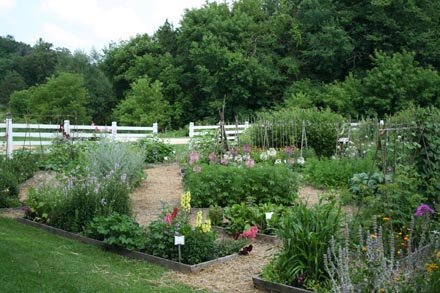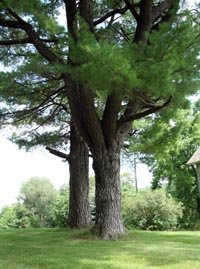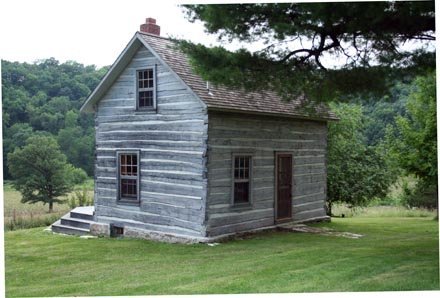…with Oats, Cardamom and Cacao Nibs

(Vegetarian, Gluten-free option)
Printable Version
The worst sort of tease, I’m afraid.
I showed up at the Seed Saver’s Exchange annual convention in Decorah, Iowa, set up my exhibit table to talk about the bean project, and distributed Beanstock bookmarks, instructions for 5 unexpected ways to cook beans, and a few of my favorite recipes, printed prettily on note cards. Plus I fed the masses with tempting little bites of black bean and oat brownies sprinkled with crunchy cacao nibs.
About 400 people came through, and more than half of them tasted the brownies. The Seed Saver’s staff ate the rest. And the two questions I got, unfailingly in this order, went just like this: “There are beans in these brownies?? Is the recipe on your website?”
“Black Valentines,” I’d declare, obviously quite proud, and spring into a happy spiel about the dark chocolate undertones of some of the heirloom black beans and the fact that you just can’t find this complexity in the hybrid, mono-cropped produce. “And the recipe?” they’d gently nudge. “Is that on your site?”
Oh, dear readers. That was a terrible thing for me to do. I do have recipes posted for black bean cupcakes and black bean cookies, I’d explain, but the brownies, well, no. “Not yet,” I’d hedge, “but it will be the first recipe I post when I get back.”
It was only that I’d adapted a brownie recipe on the fly very late the night before the conference, whipping up enough batter to feed a foodie crowd, without ever without jotting down a single note. Baking is precision and I often feel like the antithesis of exactitude, or, in other words, it’s nothing shy of a full-blown miracle that these brownies turned out so spectacularly. But my goodness, they did. Rich, fudgy, earthy, with a complex texture created by oats and a sprinkling of cocoa nibs. Invitingly sweet but not too, and exotically infused with cinnamon and a pinch of cardamom.
They were very good.
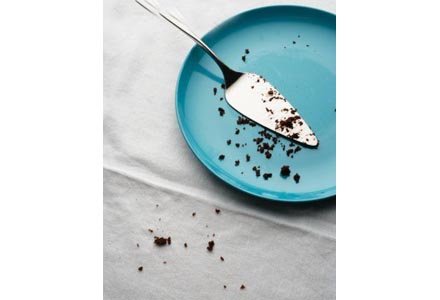
I’m back now. And here’s that recipe.
Black Bean Brownies with Oats, Cardamom and Cacao Nibs
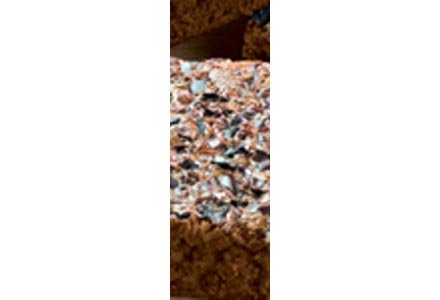
4 ounces unsweetened chocolate
1 cup unsalted butter
1/1/2 cups Black Valentine beans (or other black beans)
1 cup rolled oats
1 1/2 cups flour**
1 tablespoon vanilla extract
1/3 cup strong brewed coffee (espresso is ideal)
¼ teaspoon sea salt
4 large eggs
1 cup packed brown sugar
1 teaspoon cinnamon
½ teaspoon cardamom
Coarse turbinado
*Cacao – er, Kakao — nibs
*A note about the nibs: These are cocoa beans, toasted, roasted, shelled and broken into bits. To my taste buds, cacao nibs are richer and more intense than the eventual chocolate that they become. I first tasted them in a truffle made by Brian Pelletier, the chocolatier extraordinaire at Kakao Chocolate. It’s also where I got the nibs – and if you want some, you can get them from him too. He’s St. Louis based but he ships – and you should definitely try the salted caramels while you’re ordering. And the ginger bark. And the lavender truffles. Oh and the toasted almond bar…. It’s good stuff, people. Very good!
**If you want to make a gluten-free brownie, you can use a mixture of 1/4 cup mesquite flour and 1 1/4 cups quinoa flour. Or use a gluten-free baking mix, but keep in mind that those tend to contain baking powder already.
How to make the brownies: Preheat the oven to 345°F. Line an 11- by 18-inch baking pan with parchment paper.
Using a double boiler or a microwave, melt the chocolate and butter together in a glass bowl. If using the microwave, heat for 1 1/2 minutes and stir, then heat in 40 second intervals, stirring between each, until the chocolate is completely melted and smooth.
Place the beans, vanilla, and 1/3 of the melted chocolate in a food processor and process until smooth. Add the cinnamon and cardamom and mix again. Scrape down the sides, then add the salt and baking powder and pulse a few times to mix. Add the oats and flour and blend again. The mixture will be smooth and pourable.
In a large bowl, stir together the remaining melted chocolate mixture and the coffee. Mix thoroughly and set aside.
In another bowl (yes, sorry, we’re messing up your kitchen here), use an electric mixer to beat the eggs until whipped, about two minutes. Add the brown sugar and beat until smooth.
Add the bean/chocolate mixture to the coffee/chocolate mixture. Stir until blended well. Gradually fold in the egg mixture and mix well. Pour your batter into the prepared baking pan, then sprinkle the top of the batter with coarse sugar crystals.
Bake at 340 degrees for about 10 minutes, then slide the tray out of the oven and generously sprinkle the top of the brownies with cacao nibs. At this point the batter will be firm enough to keep them from sinking to the bottom (sorry to all those who tasted my brownies and thought they were eating crunchy beans). Return tray to the oven and continue baking until the brownies are set and firm to the touch, about 25 minutes more. Remove from oven, sprinkle again with sugar crystals and slide the brownies out of the pan to cool. Allow to cool fully before slicing them.
Thanks to all of you who came by and chatted. It was a true pleasure to meet you, in particular those of you who met me there last year and have been reading ever since.
I will write more about the convention soon, but for now, here are a few photos. Apparently, still a tease…
 |
| A moveable greenhouse, per Eliot Coleman’s design. Coleman was the keynote speaker at the event. |
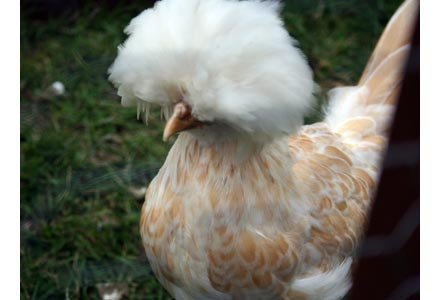 |
| A heritage chicken, housed at Seed Saver’s Exchange. SSE keeps heirloom livestock, including several poultry varieties and cattle. |
